3D printing technology (also known as additive manufacturing) is an innovative manufacturing method. It builds three-dimensional entities by stacking 3D printing materials layer by layer. It is based on digital model files. After “slicing” the object into thin layers, it uses materials such as metal powder, resin, plastic or ceramics to accumulate and form layer by layer through processes such as fused deposition modeling (FDM), photocuring (SLA/DLP), and selective laser sintering (SLS). Complex structures can be directly generated without traditional molds or machining.
As a cutting-edge direction in the field of robotics, humanoid robots have extremely high requirements for precision, lightness and functionality in their core components. Traditional manufacturing processes often face problems such as high cost and long cycle when dealing with complex structures. 3D printing technology, with its flexibility and efficiency, can quickly manufacture complex joint structures, lightweight components and high-precision sensor housings. It significantly improves the performance and reliability of humanoid robots and providing new possibilities for robot manufacturing.
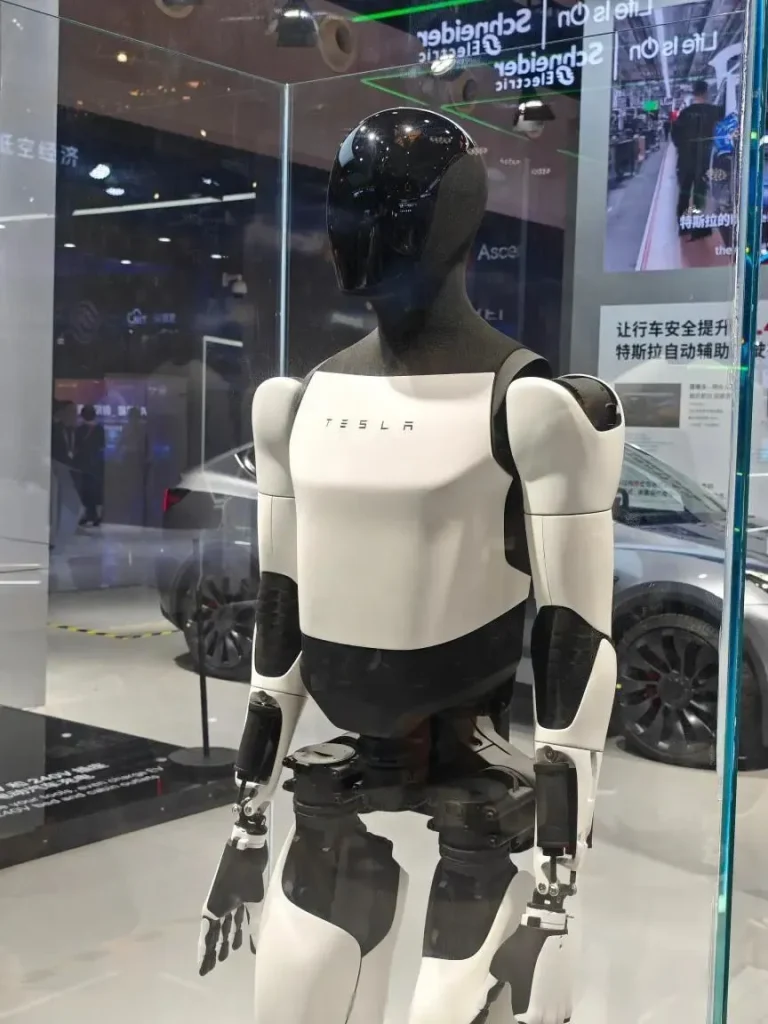
Lightweight and high performance: the core breakthrough of 3D printing materials
The movement efficiency, energy consumption control and dynamic stability of humanoid robots are highly dependent on the lightweight and functional integration of materials. Traditional manufacturing processes (such as CNC processing and injection molding) have bottlenecks in complex structural integration and weight reduction design. 3D printing technology provides a systematic solution through material innovation and structural design innovation.
1. Metal powder: the cornerstone of lightweight skeleton
Titanium alloy (Ti6Al4V) and aluminum alloy (AlSi10Mg) have become the first choice for robot load-bearing structures (such as sternum and joint connectors). They have high specific strength, excellent corrosion resistance and biocompatibility. The density of titanium alloy (4.5 g/cm³) is only 57% of that of steel, but the strength is comparable. Aluminum alloy (2.7 g/cm³) further reduces weight while maintaining good thermal conductivity.
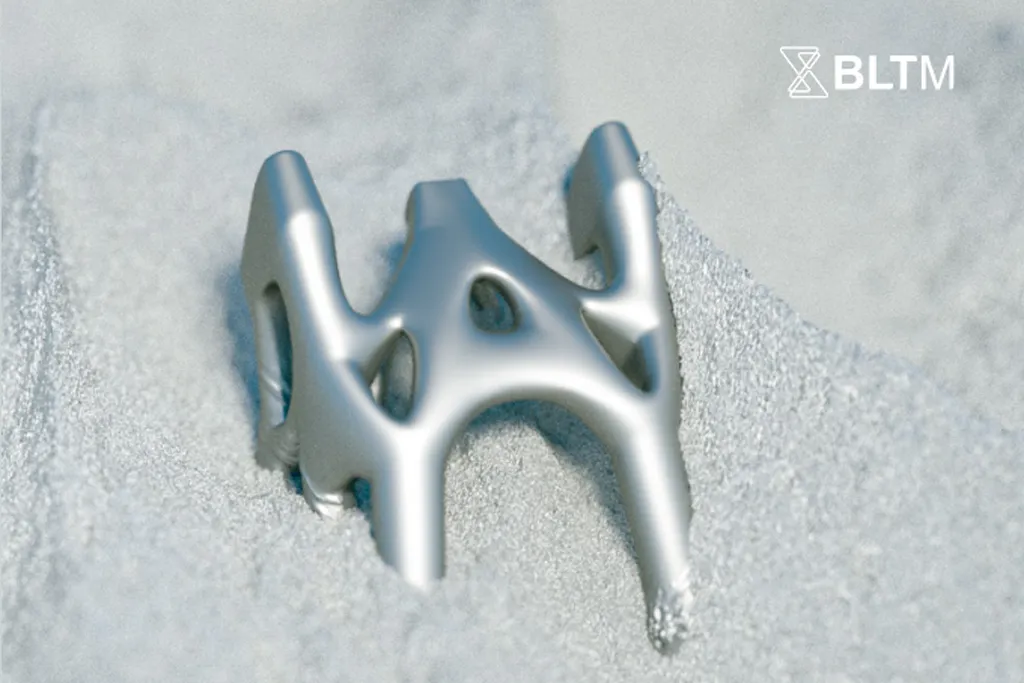
The price of domestic titanium powder has dropped from 600 yuan/kg in 2024 to less than 300 yuan/kg in 2025, a drop of 50%. This breakthrough is due to the intelligent production process upgrades (such as argon recovery technology to improve powder yield) and large-scale production of companies such as Willari. Taking Tesla Optimus Gen2 as an example, its knee support structure uses 3D printed titanium alloy, which reduces weight by 42% and improves impact resistance.
2. Special composite materials: innovators of dynamic performance
The 3D printing materials have the following characteristics: The multi-layer honeycomb composite material (based on TPU elastomer) developed by Boli Technology imitates the buffering mechanism of biological tissue. Its honeycomb porous structure can absorb impact energy, withstand more than 1 million bending times, have a tear strength of 45 MPa, and an elastic recovery rate of >98%. This material is used in the elbow and knee buffer layers of to replace traditional metal limiters, increase the freedom of joint movement by 70%, and avoid collision damage to metal parts.
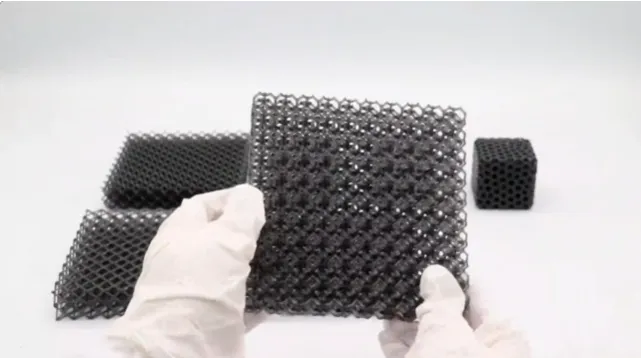
Lightweight: The porosity of the honeycomb structure is adjustable, and the density is only 0.6-0.9 g/cm³, which is 60% lighter than the same volume of aluminum alloy.
Heat dissipation enhancement: The porous structure increases the heat dissipation surface area, and with high thermal conductivity fillers (such as boron nitride), the thermal conductivity efficiency is increased by 40%, effectively reducing the operating temperature of the joint motor.
Energy feedback: The material can store and release kinetic energy during the compression-rebound process, improving the energy efficiency ratio of robot movement.
3. Engineering Plastics: The Core of Flexible Functional Integration
PEEK (polyetheretherketone) offers exceptional performance advantages: a density of just 1.3 g/cm³ (approximately half that of magnesium alloy), tensile strength of 100 MPa, temperature resistance up to 260°C, a friction coefficient of 0.1–0.3 (self-lubricating), and excellent biocompatibility.
Hangzhou Dianzi University utilizes 3D-printed PEEK to produce robot joint bearings, resulting in a 50% weight reduction compared to metal bearings, tripled wear resistance, and the elimination of lubricant requirements.
Application Expansion: In Tesla’s Optimus Gen2, PEEK replaces aluminum alloy in the spine support structure and gears, reducing overall robot weight by 10 kg and improving movement speed by 30%.
| Application Field | Technical Advantage | Representative Case | Achieved Results |
| Structural Components | Complex structure integrally formed | BLT-SLM printed shoulder bracket & sternum | 30% weight reduction, 50% fewer assembly steps |
| Bionic Tissues | Multi-material flexible printing | Figure 02 honeycomb joint buffer layer | Enhanced flexibility, extended lifespan |
| Sensor Manufacturing | Precision microstructure integration | BLT 6D force sensor “Photon Finger” | World’s smallest (mm-level), 40% cost reduction |
| Thermal Management | Topology-optimized channel design | Humanoid robot motor cooling structure | 15°C temperature drop, 20% endurance improvement |
Technology Empowerment: From Prototype Design to Mass Production
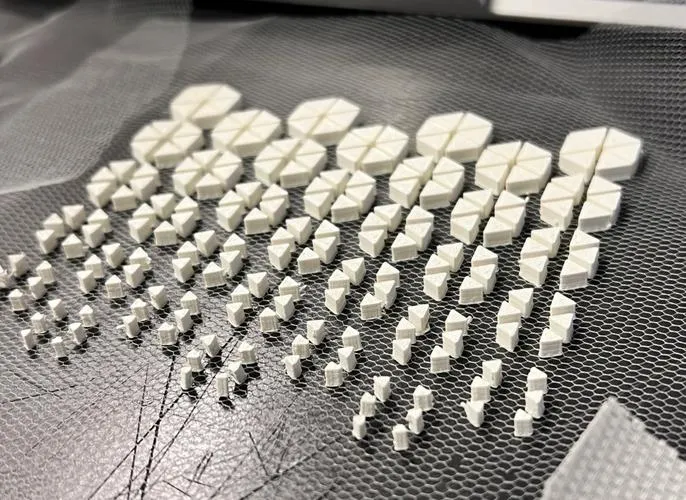
3D printing technology plays a pivotal role across every phase of humanoid robot R&D:
1. Rapid Prototyping and Iteration
The mold-free nature of 3D printing shortens the design and iteration cycle by up to 70%.
For example, the “Jingchu” humanoid robot completed four iterations in four months after February 2025, branching into both service-oriented and industrial-use models. Each structural optimization in its joints was made possible through 3D-printed prototypes.
2. Manufacturing of Complex Structures
Selective Laser Melting (SLM) and other 3D printing techniques enable topologically optimized structures with internal lattice designs that reduce weight by 30%, maintain structural integrity, and incorporate integrated heat dissipation channels to prevent motor overheating.
3. Functional Integration and Innovation
Sensor Fusion:
3D printing facilitates the integration of micro-sensors directly into robotic structures, enabling compact, multifunctional components that reduce part count and assembly complexity.
Thermal Management Design:
Lattice-designed cooling channels printed around motors reduce peak operating temperatures by up to 15°C, extending motor life and enhancing energy efficiency.
Powder Production Support by EPIC Powder Machinery
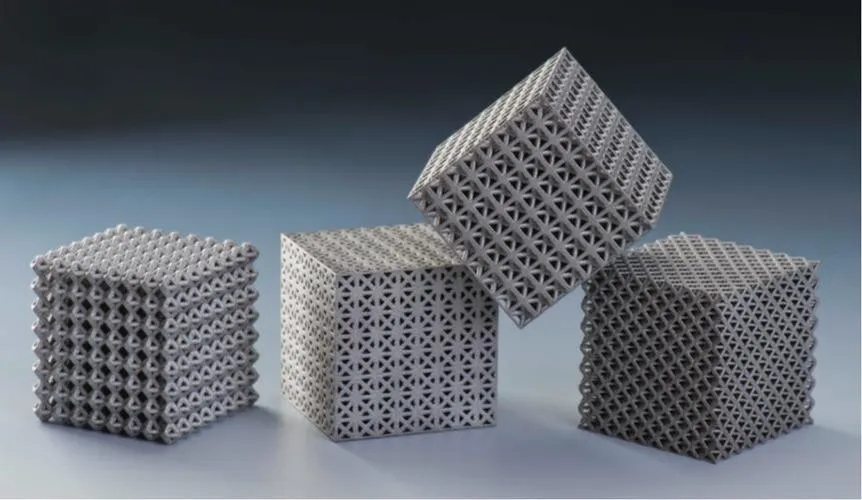
Behind the high-performance 3D printing materials is ultra-fine, high-purity powder. EPIC Powder Machinery delivers the jet milling systems that make it possible. EPIC’s fluidized-bed jet mills are ideal for producing ultra-fine metal powders (e.g., titanium alloy, aluminum alloy) and engineering plastics (e.g., PEEK, PPS, PA) used in additive manufacturing.
High sphericity and narrow particle distribution, ideal for powder bed fusion and SLM processes. Minimal contamination, using ceramic or wear-resistant linings for reactive metals and polymers. Consistent batch-to-batch quality, meeting strict standards in aerospace and robotics industries.
Cost Reduction and Efficiency Improvement: Driving Industrialization Forward
3D printing is accelerating industrialization by reducing costs and improving manufacturing efficiency:
Material Cost Reduction:
The price of titanium powder has dropped from 600 RMB/kg to 300 RMB/kg. With metal powders accounting for approximately 17% of the total cost of 3D printing, this drop significantly enhances component-level cost-efficiency.
Why Choose EPIC Powder Machinery?
Epic Powder has 20+ years of powder engineering expertise, serving high-end industries worldwide. We also have European core technology, combined with cost-effective localized production. In-house R&D and production facilities, enabling rapid customization and delivery. Turnkey solutions, including grinding, classifying, conveying, and system integration.
Powered by Powder, Engineered by EPIC